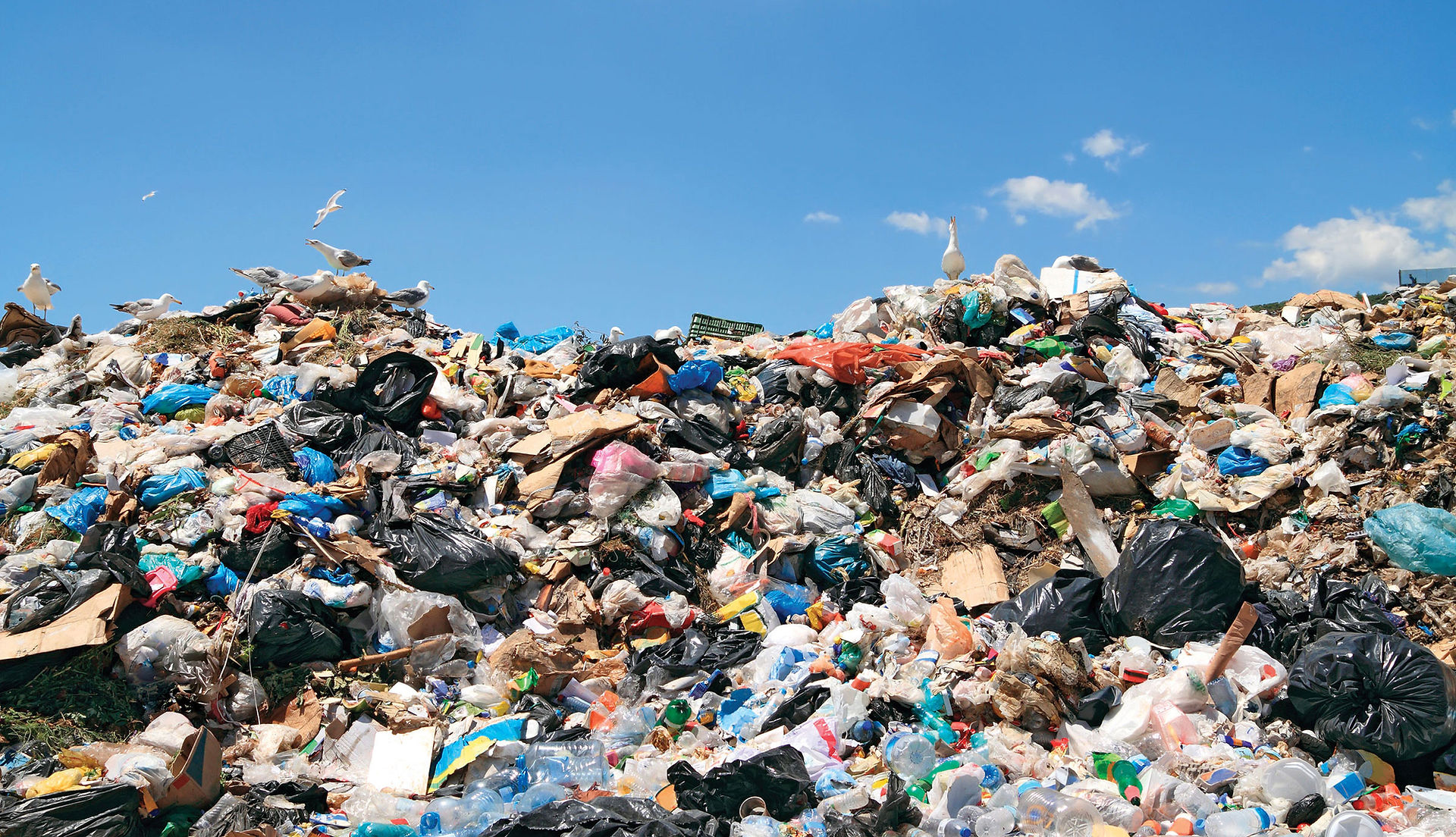
What is Hydrocarbon Pyrolysis?
Hydrocarbon Pyrolysis is a valuable addition to the waste management industry. In summary it is an operation that converts waste plastic & tires into Pyrolysis Oil, Carbon & Gas. Pyrolysis oil can be used among other things for generating electricity, heat, steam or indeed all three.
This process can be used for effectively energy recovery from municipal solid waste, waste plastic and tires. A Pyrolysis Plant can fall into four main categories of projects: Waste to Energy, Waste Management, Energy Recovery from Waste, Plastic and Tire Pollution Control.

Chemical Explanation of Pyrolysis
Pyro = heat. Lysis = break down.
Pyrolysis is chemical reaction. This reaction involves molecular breakdown of larger molecules into smaller molecules in presence of heat.
Pyrolysis is also known as thermal cracking, cracking, thermolysis, depolymerization, etc.
During pyrolysis plastic and tire molecules break down into smaller molecules of pyrolysis oil, pyrolysis gas and carbon black.

Pyrolysis Feedstock options:
-
Waste Tires
-
Waste Recycling Paper Mill Plastic waste
-
Municipal Solid Waste sorted out plastic
-
Plastic Refuse Derived Fuel
-
Packaging Material Waste
-
Post-Consumer Plastic Waste
-
Mixed plastic (HDPE, LDPE, PE, PP, Nylon, Teflon, PS, ABS, FRP)
-
Crude Oil Sludge etc.
-
No need for segregation
-
No need for cleaning
-
Tolerance: 5% of dust 5% moisture
-
PVC should be less than 1%
-
PET should be less than 5%

